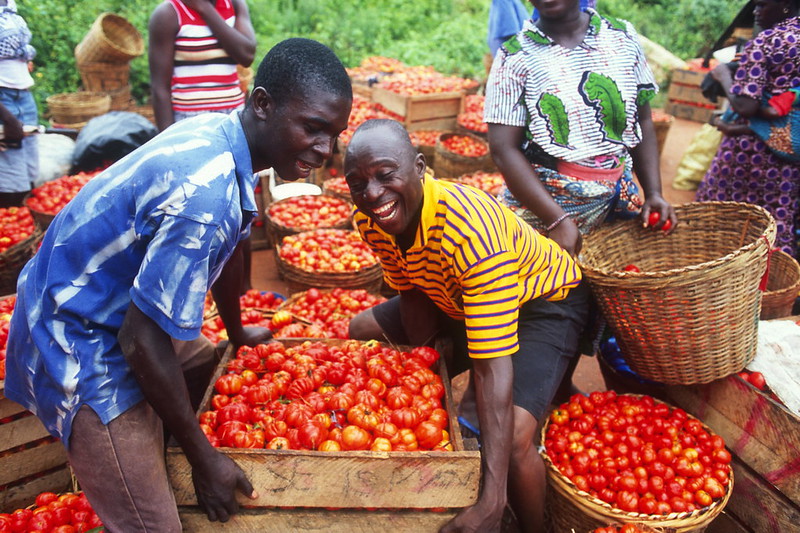 Ghana is a nation located just west of Nigeria, with a population of 31 million people. Of those people, six million are food insecure, most living in rural areas. However, Ghana has been working harder than many of its neighbors to use technology to combat food insecurity. Over the last decade, the country has worked to improve its technologies and sustainable food sources. These are six facts about technological improvements in Ghana.
Ghana is a nation located just west of Nigeria, with a population of 31 million people. Of those people, six million are food insecure, most living in rural areas. However, Ghana has been working harder than many of its neighbors to use technology to combat food insecurity. Over the last decade, the country has worked to improve its technologies and sustainable food sources. These are six facts about technological improvements in Ghana.
6 Facts About Technological Improvements in Ghana
- Ghana has made plans to boost economic growth. Ghana aims to achieve low- to middle-income status in the upcoming decade. Agriculture is the ticket to a sustainable living environment. The issues hindering productivity in Ghana are related to inadequate infrastructure, as well as a lack of fundamental training in land management and equipment. Ghana has been investing in this future through eduction; around 6% of Ghana’s gross domestic product goes toward education, one of the highest percentages in the world.
- Productivity in Ghana is at a higher rate than neighboring nations. Ghana is a member of the United Nations and is a part of world trade. Gold, cocoa and oil are three of the country’s primary exports, and this keeps profits high enough to continue to educate and train younger citizens to farm and harvest. Ghana is one of the first countries in the region to achieve these milestones, with neighboring countries looking up to them. The GDP of neighbor country Togo is lower than that of Ghana. About 30% of the population in Togo live below the poverty line. In comparison, Ghana’s poverty percentage is 23.4%.
- Ghana must shift to incentive-driven economic policies to improve leadership. In order to do this, smaller land rural farmers must be able to identify and voice their needs, such as crop production, needing improvement on harvest and post-harvest procedures and finding the value in their commodities. When farmers feel heard, their incentive to increase productivity will grow. A non-governmental organization (NGO) project was conducted to open sustainability training centers in Ghana to expand knowledge. This project resulted in the improved health and livelihood of everyone involved.
- In 2017, there was a breakthrough in the development of a solar-powered vehicle for transportation. The breakthrough, called “aCar”, was developed by students at the Kwame Nkrumah University of Science and Technology. The prototype was developed to further explore the transportation-related needs of the country. This did astronomical things for the environment and farmers alike. The vehicle caters towards the farmers’ local needs. The aCar has become a convenient way to transport goods and trade with other farmers at markets in town. The car is solar powered and does not require fuel, which, in turn, saves farmers money. Furthermore, the vehicle is affordable and has the ability to use local materials to maintain the car.
- Accra is becoming a hub for technology advancement and the future of the nation’s development. The capital city of Ghana is the home of many tech firms and startup ideas. The city of Accra boasts companies such as mPedigree, a pharmaceutical company, and Rancard, which provides telecommunication services with other companies in the region. It has helped thousands of students growing up in Ghana find a path and way of learning.
- Meltwater Entrepreneurial School of Technology in Accra is providing complete IT training, funding for software startups and even mentorships for all students. Having more young people trained in IT is helpful for the growth of technology and productivity within the nation. These schools and programs give young Ghanian innovators hope and inspiration, ultimately giving hope for the future of their nation. As a result, students in cities are learning skills that they can use internationally or locally to solve environmental and technological problems. Tech companies like hubAccra, Ispace and MEST are a working to hone the skills of those who want to learn to develop their communities.
Technology improvements in Ghana continue to increase today. Ghana is shaping the future by instilling all the skills and foundations into its youngest citizens to continue growing, developing and improving. The median age for Ghana’s capital city is 21 years old. The Ghanaians are young and flourishing, constantly learning new things and adding programs to their hub for technological development. In the next decade, Ghana hopes to be a self-sustaining, middle-class economy through advanced technological improvements.
– Kimberly Elsey
Photo: Flickr
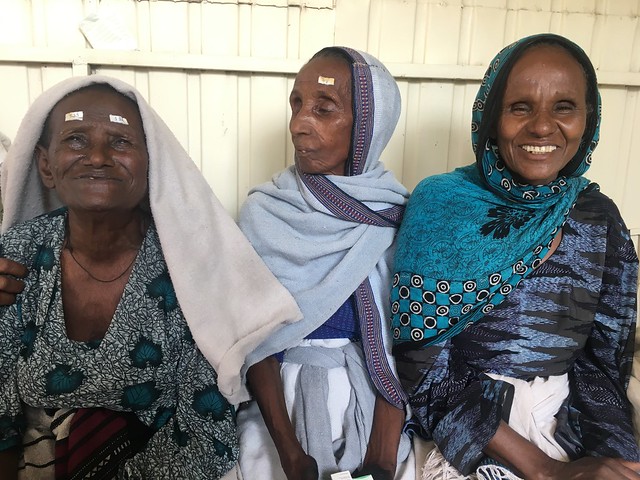 In 1995, Dr. Geoff Tabin and Dr. Sanduk Ruit launched the
In 1995, Dr. Geoff Tabin and Dr. Sanduk Ruit launched the 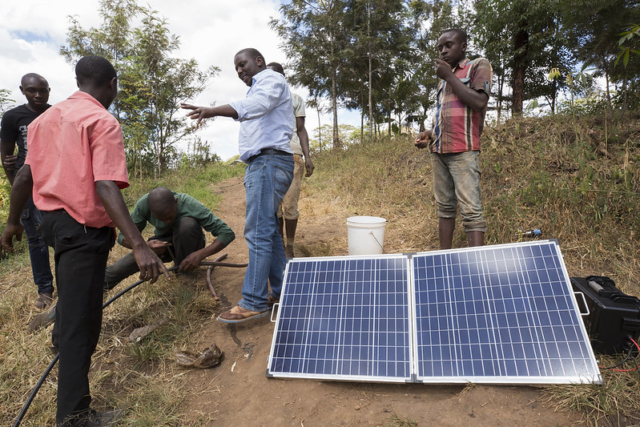 Throughout history, new technology has always been one of the key factors in driving both the economy as a whole, as well as a specific economic sector. New inventions drive new innovations, and as a result, significant advancements are made. Now, technology is driving agriculture in West Africa as well, with both new and familiar ideas paving the way forward. Here are some of the most notable technologies and advancements pushing agricultural expansion in West African countries like Ghana, Senegal, and Nigeria.
Throughout history, new technology has always been one of the key factors in driving both the economy as a whole, as well as a specific economic sector. New inventions drive new innovations, and as a result, significant advancements are made. Now, technology is driving agriculture in West Africa as well, with both new and familiar ideas paving the way forward. Here are some of the most notable technologies and advancements pushing agricultural expansion in West African countries like Ghana, Senegal, and Nigeria.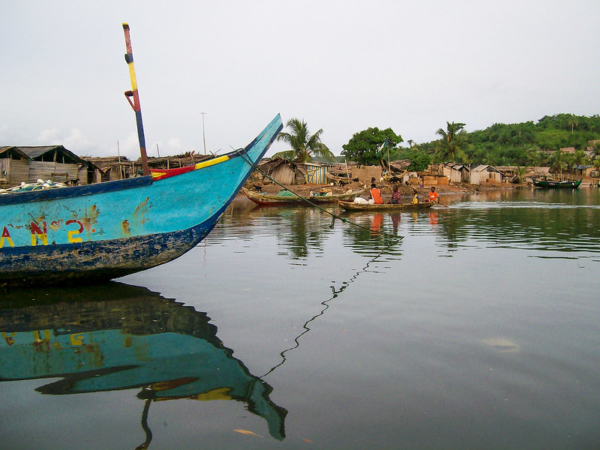
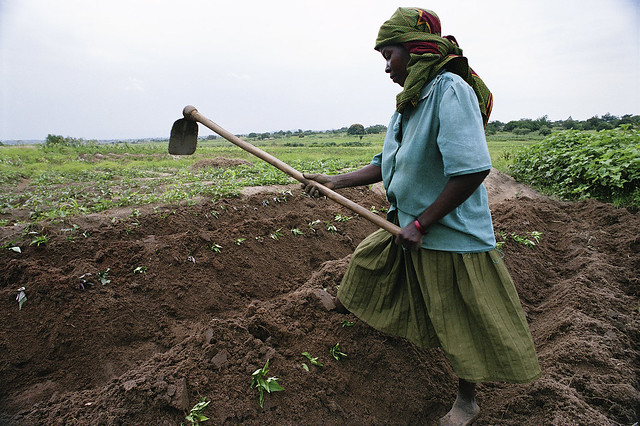 Africa boasts one of the biggest farming industries in the world. Agriculture accounts for 60 percent of the continent’s paid employment and
Africa boasts one of the biggest farming industries in the world. Agriculture accounts for 60 percent of the continent’s paid employment and  Eradicating poverty from a country can be a difficult and daunting task, but it is not impossible. Some countries are able to develop solutions that bring their economy and their people out of disastrous living conditions. Here is a list of five countries that escaped from poverty and created a better future for their citizens.
Eradicating poverty from a country can be a difficult and daunting task, but it is not impossible. Some countries are able to develop solutions that bring their economy and their people out of disastrous living conditions. Here is a list of five countries that escaped from poverty and created a better future for their citizens.
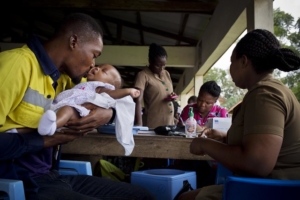
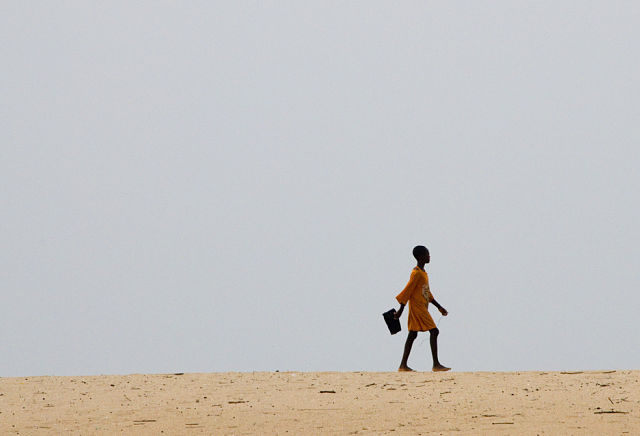 Technological advancement, especially regarding mobile phone development and access, has revolutionized the way Ghanaian people are learning, both in and out of African school systems. As mobile phone access becomes more readily available throughout
Technological advancement, especially regarding mobile phone development and access, has revolutionized the way Ghanaian people are learning, both in and out of African school systems. As mobile phone access becomes more readily available throughout 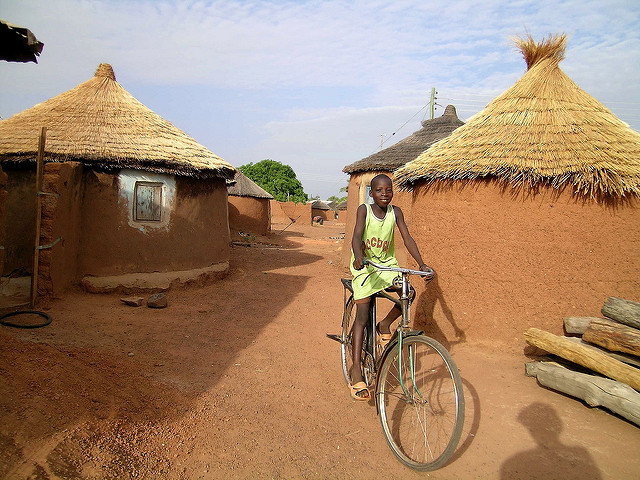 The need for proper nutrition and health professionals has driven the success of
The need for proper nutrition and health professionals has driven the success of 